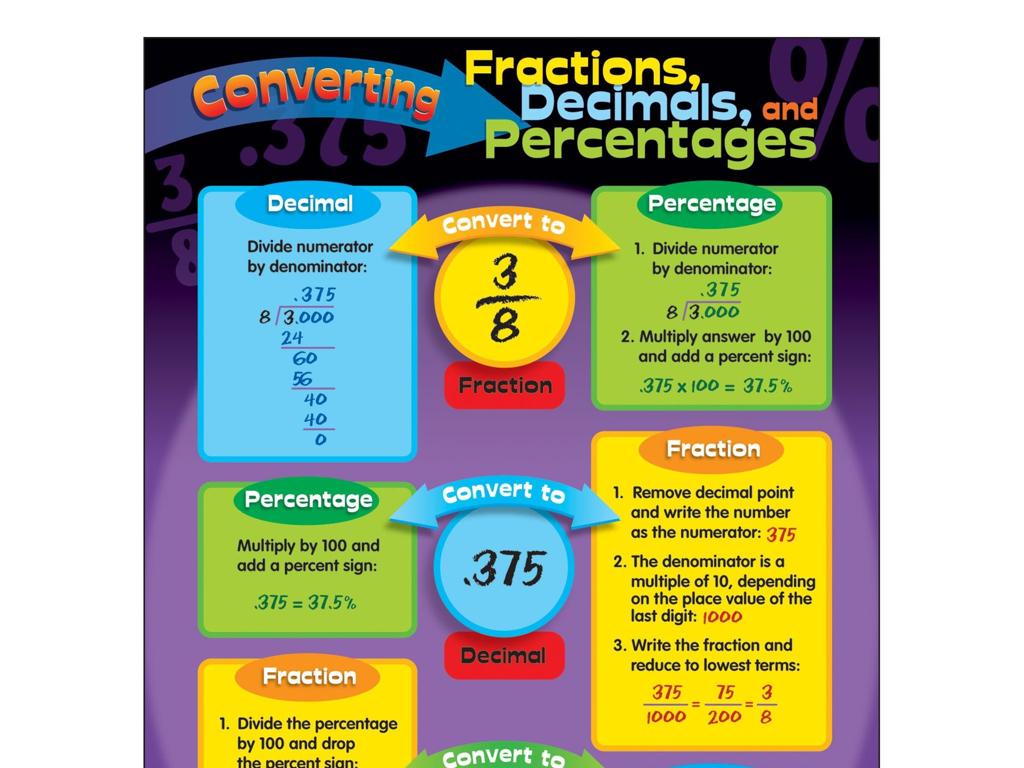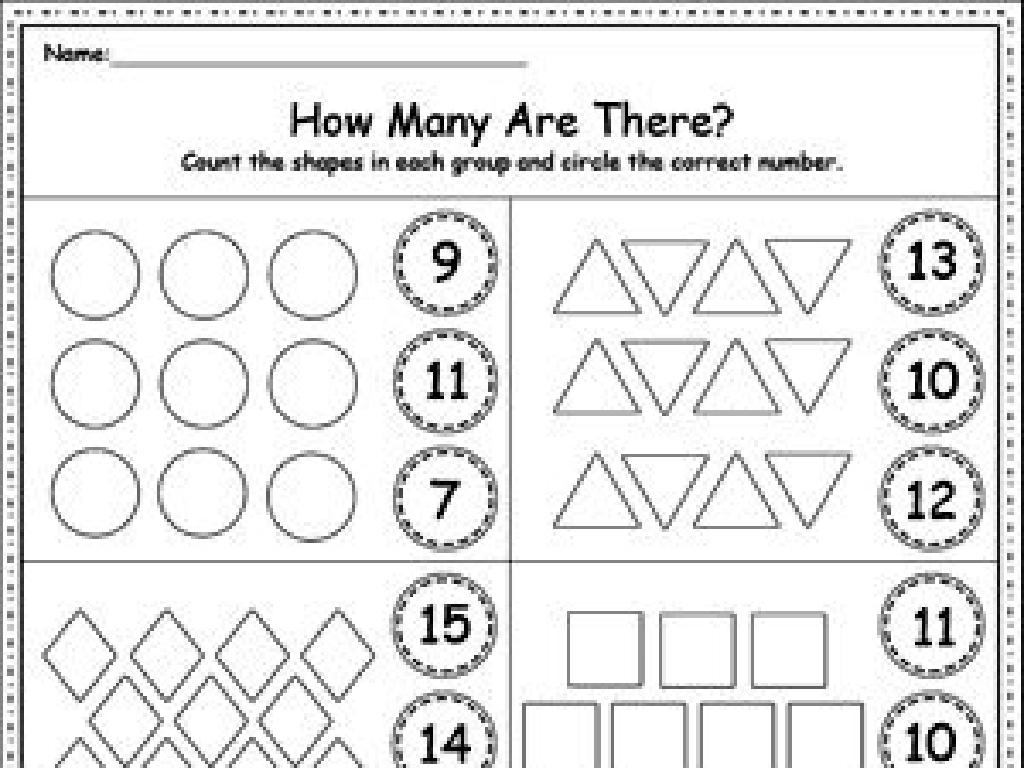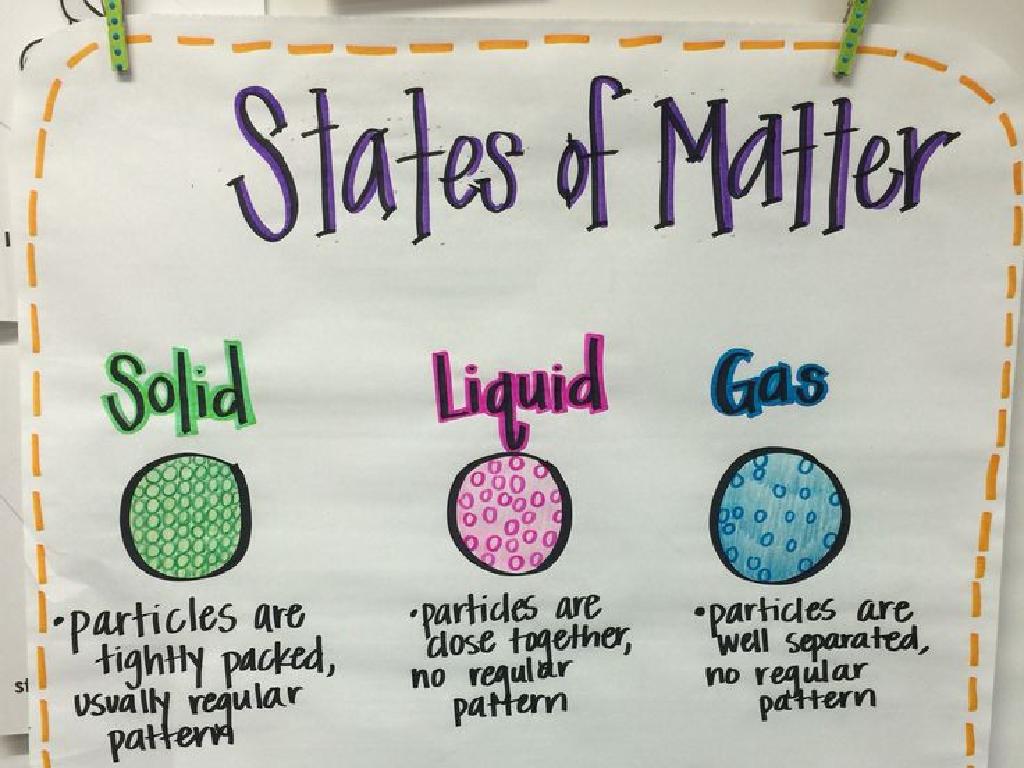Fewer And More - Compare By Counting Up To 5
Subject: Math
Grade: Kindergarten
Topic: Comparing Up To 5
Please LOG IN to download the presentation. Access is available to registered users only.
View More Content
Comparing Numbers: Fewer and More
– Learn to compare numbers
– ‘Fewer’ vs. ‘More’
– ‘Fewer’ means not as many, ‘More’ means a larger number
– Counting up to 5
– Practice counting objects up to 5
– Fun counting activities
– Use toys or blocks to count and compare
|
This slide introduces the concept of comparing quantities using the terms ‘fewer’ and ‘more.’ Start by explaining that comparing numbers helps us understand which group has more or fewer items. Use simple, relatable examples like comparing apples in two different baskets or the number of crayons in boxes. Engage the students in counting together as a class, using real objects up to the number 5. Incorporate interactive activities where students can physically count and compare items in groups, such as blocks or stickers, to reinforce the concept. The goal is for students to visually and practically understand the difference between fewer and more by the end of the lesson.
Understanding ‘Fewer’: Counting Apples
– ‘Fewer’ means not as many
– Guess which has fewer apples
– Look at two groups of apples and choose
– Count apples together
– We’ll count each group up to 5
– Confirm our guess
– Check if our guess was correct
|
This slide introduces the concept of ‘fewer’ to Kindergarten students through a relatable example of counting apples. Start by explaining that ‘fewer’ is used when comparing two sets and there are not as many items in one set compared to another. Encourage the students to make a guess by visually comparing two groups of apples before counting. Then, count the apples in each group together with the class, reinforcing the numbers up to 5. After counting, discuss with the students whether their initial guesses were correct. This interactive approach helps students understand the concept of ‘fewer’ in a tangible and engaging way.
Understanding ‘More’: Counting Balloons
– ‘More’ means a bigger number
– Comparing balloons: which has more?
– Look at two groups of balloons to compare
– Count balloons on each side
– Use your fingers to count carefully
– Find which side has more
– The side with the higher count has ‘more’
|
This slide introduces the concept of ‘more’ to Kindergarten students by using a relatable and visual example of counting balloons. Start by explaining that ‘more’ refers to a larger quantity. Set up two groups of balloons with different counts, ensuring neither exceeds five. Guide the students to count each group and determine which has more. Emphasize the importance of counting accurately. During the activity, encourage students to use their fingers to count and to verbalize the numbers as they count. This will help reinforce number recognition and counting skills. After counting, ask the students to share which side has more balloons and how they know. This exercise lays the foundation for understanding comparison and quantity in mathematics.
Comparing with Counting: More or Fewer?
– Count objects in two groups
– Group with bigger number has more
– For example, 5 apples vs 3 oranges, 5 is more than 3
– Group with smaller number has fewer
– For example, 2 puppies vs 4 kittens, 2 is fewer than 4
– Practice with real objects
|
This slide introduces the concept of comparing quantities by counting objects in two groups. It’s important to use tangible items that children can physically count, such as blocks, fruits, or toy animals. Start by demonstrating with two groups of different quantities and count each group out loud. Highlight which group has more and which has fewer by comparing the numbers obtained. Encourage the children to practice by counting items in their surroundings or from a set of classroom objects. This hands-on activity will help solidify their understanding of the concepts of ‘more’ and ‘fewer’.
Let’s Practice Comparing!
– Count items in pictures together
– Determine which set has more
– Does the set of apples have more than the set of oranges?
– Find out which set has fewer
– Are there fewer bees than flowers in the picture?
– Use counting to compare sets
|
This slide is designed to engage Kindergarten students in a practical activity to understand the concepts of ‘more’ and ‘fewer’ through counting. Start by showing pictures with different sets of items, no more than 5 in each set. Count each set out loud with the students, encouraging them to participate. Ask questions to guide them in identifying which set has more items and which has fewer. Reinforce the idea that counting is a useful tool for comparing quantities. For the activity, consider using images of common objects or animals that the students can easily recognize. Provide clear instructions and ensure that each student has a chance to count and compare the sets. This hands-on approach will help solidify their understanding of comparison using numbers up to 5.
Class Activity: More or Fewer Game
– Let’s play with classroom objects
– Count objects to compare
– Are there more or fewer?
– Use words ‘more’ or ‘fewer’ to describe
– Pair up and practice comparing
– Help each other learn and have fun!
|
This interactive game is designed to help Kindergarten students understand the concepts of ‘more’ and ‘fewer’ by using tangible classroom objects. Teachers should facilitate the activity by providing a variety of objects for the children to count and compare. Encourage the students to work in pairs to foster teamwork and communication skills. As they count, guide them to use the terms ‘more’ and ‘fewer’ to describe the quantities. Possible variations of the activity could include using different sets of objects, comparing objects in the classroom versus pictures in books, or even comparing the number of steps taken to reach different locations within the classroom. The goal is to make the learning process enjoyable and interactive.






